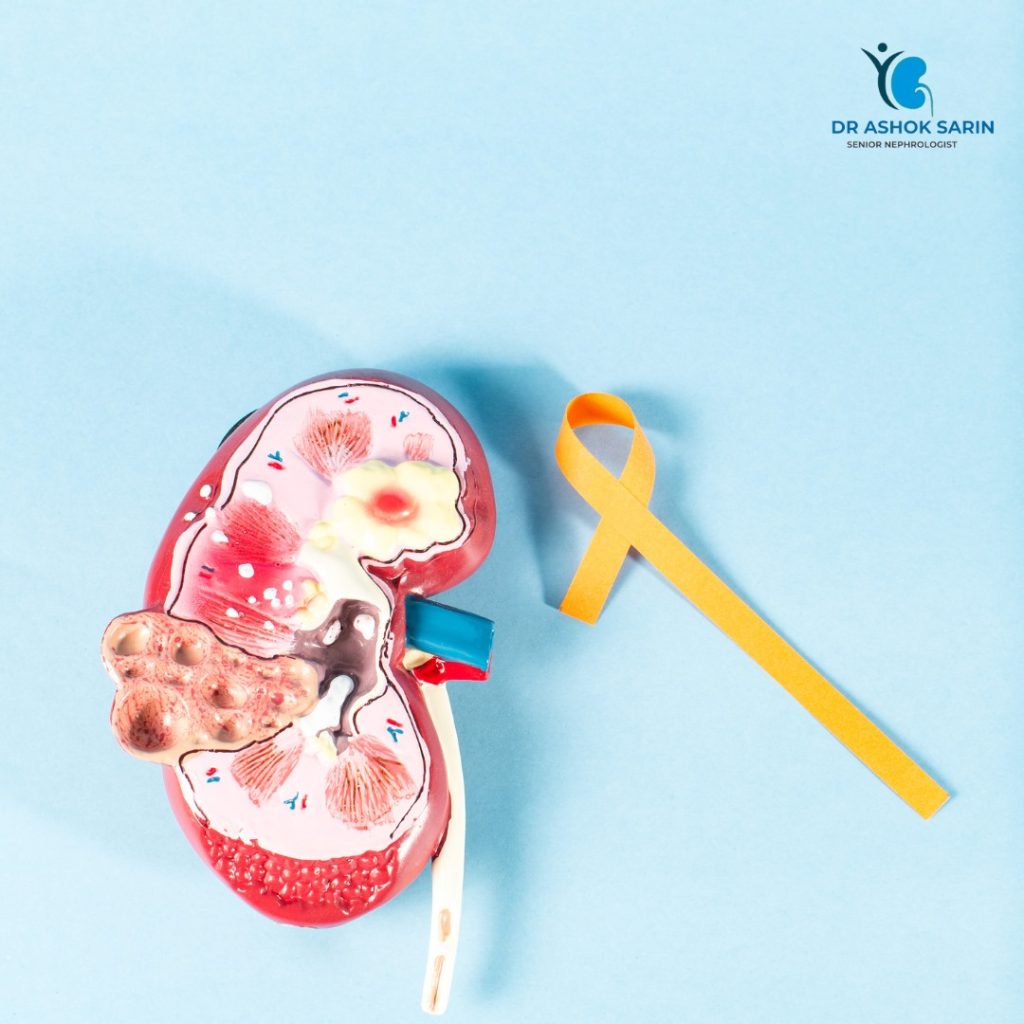Innovations in Kidney Transplantation: What’s New in 2024?
Innovations in Kidney Transplantation: What’s New in 2024?
Kidney transplantation continues to evolve with advancements that improve outcomes, enhance patient experiences, and expand the pool of viable donor kidneys. In 2024, several innovations are shaping the future of kidney transplantation. Here’s an overview of the latest developments in the field:
- Improved Donor Kidney Preservation
- Hypothermic Machine Perfusion: New technologies in hypothermic machine perfusion allow for better preservation of donor kidneys by maintaining them at low temperatures while supplying nutrients and oxygen. This improves the quality of kidneys and reduces the risk of delayed graft function.
- Normothermic Machine Perfusion: Advances in normothermic machine perfusion, where kidneys are kept at normal body temperature, are showing promise. This method allows for real-time assessment of kidney function and can enhance transplant outcomes by better evaluating kidney viability before transplantation.
- Enhanced Organ Matching and Allocation
- AI and Machine Learning: Artificial Intelligence (AI) and machine learning algorithms are increasingly used to match donor organs with recipients more effectively. These technologies analyze vast amounts of data to improve matching accuracy and predict transplant success, potentially reducing wait times and improving outcomes.
- Genetic Profiling: Innovations in genetic profiling help identify better matches by analyzing the genetic compatibility between donors and recipients. This can lead to reduced rejection rates and improved long-term outcomes.
- Advances in Immunosuppressive Therapy
- Personalized Immunosuppressants: Newer immunosuppressive drugs and protocols are being tailored to individual patients based on their genetic profiles and specific needs. This personalization helps minimize side effects and improve transplant success rates.
- Minimally Toxic Immunosuppressants: Research into less toxic immunosuppressants aims to reduce the long-term side effects associated with current drugs, such as increased risk of infections and cancer.
- Innovations in Surgical Techniques
- Robotic-Assisted Surgery: Robotic-assisted laparoscopic surgery is becoming more common in kidney transplantation. This technique allows for more precise and less invasive surgical procedures, leading to quicker recovery times and fewer complications.
- Enhanced Surgical Tools: Advances in surgical tools and imaging technology provide surgeons with better visualization and precision during transplantation, improving the safety and efficacy of the procedure.
- Bioengineering and Regenerative Medicine
- Bioengineered Kidneys: Research into bioengineered or lab-grown kidneys is advancing. While still in the experimental stages, these kidneys offer the potential for creating viable organs from stem cells or tissue engineering, addressing the shortage of donor kidneys.
- Stem Cell Therapy: Stem cell therapy is being explored to enhance kidney repair and regeneration. This approach aims to repair damaged kidneys and improve their function, potentially extending the lifespan of the transplanted organ.
- Improved Post-Transplant Monitoring and Care
- Wearable Technology: Wearable devices and remote monitoring technologies allow for continuous tracking of kidney function and other vital signs. This enables early detection of complications and timely intervention, improving overall patient care.
- Telemedicine: The integration of telemedicine into post-transplant care facilitates remote consultations and follow-ups, making it easier for patients to manage their health and adhere to treatment plans without frequent in-person visits.
- Expanded Donor Pool
- Living Donor Programs: Innovations in living donor programs, including paired kidney exchanges and living donor kidney chains, are expanding the donor pool and increasing the number of available kidneys for transplantation.
- Donation After Cardiac Death (DCD): Advances in protocols for donation after cardiac death are increasing the viability of kidneys from deceased donors who have died from cardiac arrest, thus expanding the donor pool.
- Immunological Advances
- Tolerance Induction: Research into tolerance induction aims to enable patients to accept transplanted organs without lifelong immunosuppressive medications. This approach could significantly reduce the risks and side effects associated with current treatments.
- Novel Biomarkers: New biomarkers are being identified to better monitor kidney transplant health and predict rejection early, allowing for more targeted and effective treatment strategies.
Conclusion
The field of kidney transplantation is experiencing significant advancements that promise to improve patient outcomes, expand the availability of donor organs, and enhance the overall transplantation process. Innovations in preservation techniques, organ matching, immunosuppressive therapies, surgical methods, and post-transplant care are all contributing to the evolution of kidney transplantation. As research and technology continue to advance, the future of kidney transplantation holds great promise for better patient outcomes and increased access to life-saving treatments.

